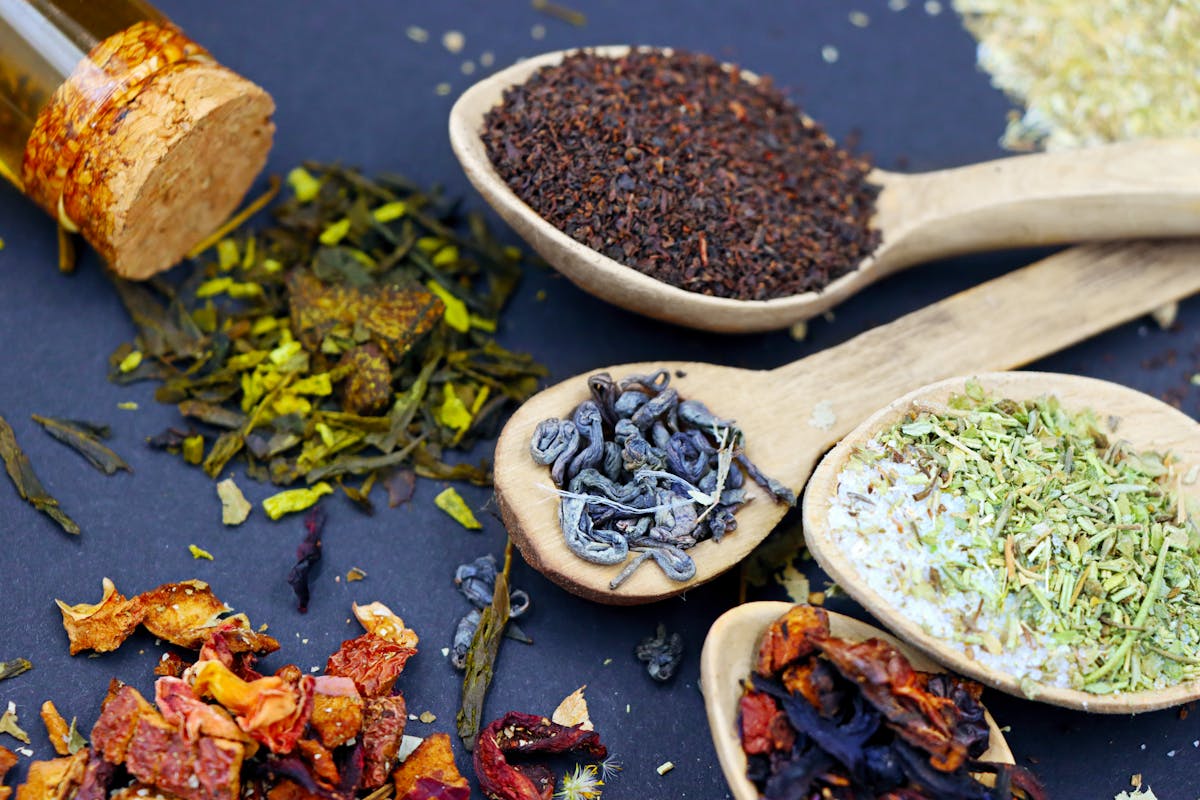Gluten consists of a blend of storage proteins, specifically prolamins and glutelins, which occur naturally in wheat and similar cereals like barley and rye. This protein combination imparts elasticity to dough and a characteristic chewiness to bread, connecting scientific principles with culinary practices. The absence of gluten would likely result in many beloved baked items losing their typical structure and appeal.
The Composition of Gluten
Gluten is primarily composed of two main types of proteins: glutenin and gliadin. Glutenin contributes to the elasticity of dough, which is essential for holding gases during fermentation, leading to a proper rise in bread. On the other hand, gliadin provides extensibility, allowing the dough to stretch and expand. The intricate balance and interaction of these proteins result in the unique properties of gluten. It is this symbiosis that transforms simple ingredients into a myriad of textures and forms.
Where is Gluten Found?
Gluten is omnipresent in various food products beyond bread and pasta. It can be found in cereals, baked goods, and many processed foods. Surprisingly, gluten’s application extends beyond food. It appears in unexpected places including cosmetics, hair products, and medications, where it often acts as a binder or filler.
For individuals engaged in global gastronomic circles, it’s essential to recognize that gluten can manifest in various guises and appellations. Components such as “hydrolyzed wheat protein” or “malt” may not explicitly state “gluten” yet originate from grains that contain it.
The Role of Gluten in Culinary Practices
In baking, gluten is revered as the backbone of dough making. Its unique structure allows bakers to knead dough, developing strong gluten networks that trap carbon dioxide during fermentation. This results in airy, light loaves of bread. In pastries and cakes, a carefully controlled balance of gluten development is key for achieving the desired texture.
Chefs and restaurant owners need to be skilled in handling gluten’s characteristics to produce exceptional dishes. Knowing precisely when to encourage gluten development and when to prevent its formation is a refined culinary talent, crucial for preparing a wide range of items, from delicate baked goods to hearty loaves.
Health Implications and Dietary Considerations
While gluten is beneficial for culinary purposes, it can be problematic for certain individuals. Those with celiac disease, an autoimmune disorder, experience a severe reaction to gluten that damages the small intestine. Moreover, some people have non-celiac gluten sensitivity, experiencing symptoms without the intestinal damage indicative of celiac disease.
Gluten intolerance has led to a surge in the availability of gluten-free products, which cater both to medical needs and lifestyle choices. The global market for gluten-free foods has expanded remarkably, projected to reach $7.6 billion by 2027 according to industry reports. This shift has compelled chefs and culinary experts to innovate, creating gluten-free offerings that satisfy both dietary restrictions and taste preferences.
Discovering Gluten-Free Options
Innovations in food science have heralded new gluten-free alternatives. Flours from rice, almonds, and chickpeas are popular substitutes that allow for culinary diversity without compromising health. Ancient grains such as quinoa and teff are also praised for being gluten-free, rich in nutrients, and versatile in recipes.
For those embracing a gluten-free lifestyle, there’s no need to compromise on delicious food. Specialized eateries and bakeries are now delving into these options, respecting both established practices and novel approaches, offering items that connect dietary requirements with culinary pleasure.
Reflecting on gluten’s dual role as both a celebrated ingredient and a dietary challenge invites a richer understanding of its place in both science and society. This intricate protein, fundamental in bread-making and culinary craftsmanship, also fuels a dynamic dialogue about dietary health and innovation.


